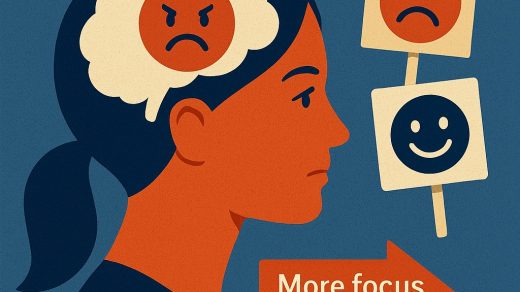Before diving in, let’s start with the why.
Why would any system — or as they like to call themselves, “guardians of peace and progress” — attack a single individual?
Because controlling one mind at a time is more efficient than convincing millions. Break a few, warn the rest. Efficient, elegant, and cruelty-free (at least on paper).
Scene One: Two Sides, One Script
Two systems — or “communities,” as they like to call themselves when they want to sound relatable — pretend to hate each other in public.
Theatrics, really.
One side plays the bad cop, the other the savior, both using the same algorithmic script generated by their favorite artificial deity: The Machine That Knows Everything (Especially Your Triggers).
One side plays the Savior — the compassionate hero here to help, guide, and protect.
The other plays the Bad Cop — the strict enforcer, the public villain, the one who makes the Savior look like hope itself.
Together, they perform the perfect psychological duet: one hits, the other heals — both from the same hand.
Scene Two: The Setup
The target — an unsuspecting individual — does something socially “off.”
Maybe he spoke too bluntly, wore the wrong color on a Tuesday, or committed the terrible crime of thinking independently.
That’s all the machine needs.
The Savior steps forward, all smiles and empathy. “We just want to send him a message,” they say. “A polite message, a corrective one — for his own good.”
But here comes the trick: the message isn’t direct.
It’s coded, vague, and wrapped in moral packaging — designed precisely to be misunderstood.
The algorithm, based on the target’s previous interactions, knows exactly which words, tones, and symbols will cause confusion, self-doubt, and emotional friction.
And when the target doesn’t “get” the message (because of course he won’t), they say:
“He either didn’t get it or he doesn’t want to. Time to escalate.”
Scene Three: Enter the Bad Cop
The Bad Cop now joins the show.
Their job is to twist everything the Savior does into an attack.
If the Savior sends a gentle message, the Bad Cop whispers to the target, “You see that? They’re mocking you.”
Now, the target’s world becomes a hall of mirrors — he doesn’t know who’s sincere, who’s lying, or why everyone seems to speak in riddles.
If he reacts emotionally, they say, “See? He’s unstable.”
If he stays calm, they say, “He’s arrogant — he refuses to listen.”
Either way, the machine wins.
Scene Four: The Escalation
As the target stays polite and silent, the Savior grows louder, more aggressive, creates a whole circus around the target.
Their “messages” become more provocative — something no normal person could ignore.
Meanwhile, the Bad Cop floods the background with smoke screens, making sure the target interprets everything in the worst possible way.
The longer the target tries to remain civil, the more they increase the pressure — until finally, he breaks.
And when he does, they stand back proudly: “See? We were right all along.”
Now the audience claps, the Savior sighs dramatically, and the Bad Cop smirks in satisfaction.
Scene Five: The Audience
Let’s talk about the crowd — the witnesses, the bystanders, the self-proclaimed neutral observers.
They watch the chaos unfold and say, “Maybe he deserved it. Maybe they were trying to help him.”
None of them asks:
If the Savior really wanted to help, why not send a hint through a trusted person? They have done this multiple times before, they know it works.
Why rely on cryptic clues and emotional traps?
Because this is the point, a trap to break the target while the audience believe “the algorithm manufactured messages” are clear for the target to understand.
It’s how manipulation hides behind morality.
Scene Six: The Revelation
Some might still ask, “But what if the Savior is genuine, and the Bad Cop is the real villain?”
A sweet thought — but naïve.
If the Savior’s intentions were really pure, they would’ve at least tried to defend themselves from the bad cop’s bedtime stories—maybe even clue the target in.
But sure, let’s pretend the masterminds who run countries and shape policies somehow have no idea what their “bad cop” is up to. Adorable.
Believing they are innocent is not kindness — it’s blindness, the kind that algorithms love to measure, predict, and profit from.
So next time you feel like two sides are fighting for your soul, check again — they might just be sharing the same Wi-Fi.


